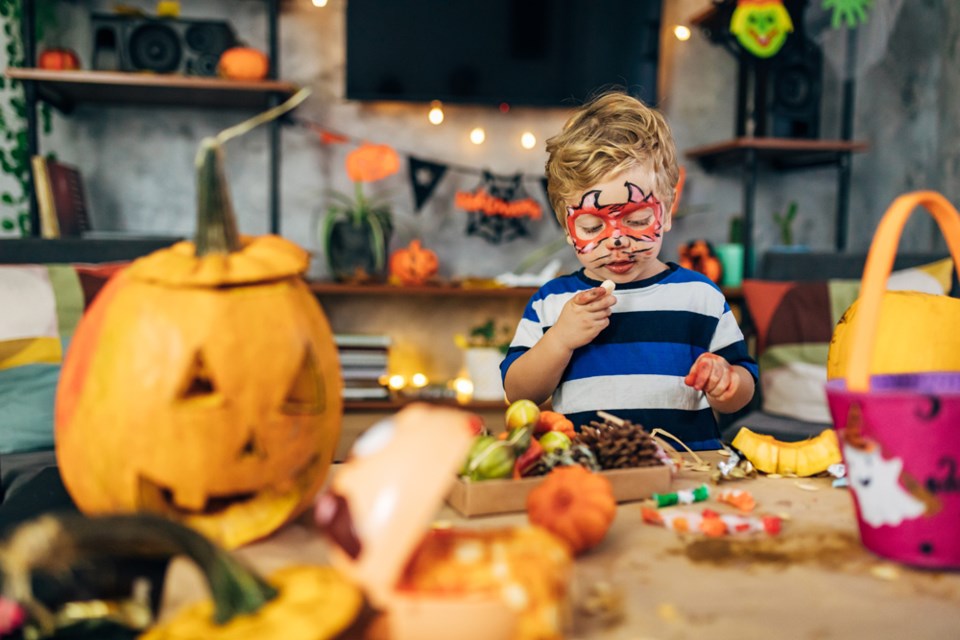So how much Halloween candy is too much? If you're a kid, the answer is probably obvious — clearly, there's no such thing as "too much" for the trick-or-treating crowd — but parents may want to place limits.
Fraser Health, however, is offering some advice that may be surprising: Let your kids go to town on their haul — within reason.
"Halloween is a great opportunity to consider our relationship with food," said Dr. Cheryl Young, senior public health and preventive medicine resident at Fraser Health, in a press release from the health authority. "By not treating candy as something special or using it as a reward, we are helping to build healthy relationships with food, which are fostered from routines that promote mindfulness of your own internal hunger and fullness cues."
The release says newer guidance suggests depriving children of sweets makes them want sweets even more. Author and dietitian Ellyn Satter suggests children sort their own candy, admire it and eat as much as they want for the first day and possibly even the second.
The thinking is that, when children can eat as much as they want, they will — for awhile — but the novelty will soon wear off.
"Children who have regular access to sweets eat them moderately. Children who are deprived of high-sugar snacks especially like them, have trouble resisting them, load up on them when they aren’t even hungry, and weigh more," Satter said in a post on her website. "If you have a treat-deprived child, you know they beg, whine and sneak to get high-sugar, high-fat foods. And likely feel ashamed of their eating. You may be able to keep your child from having sweets when they are small, but toward the end of grade school when they are more out on their own, they will be inclined of overdo it on sweets."
That doesn't mean parents should just ignore Halloween candy, mind you. After the "free-for-all" stage, Satter recommends that parents take over the Halloween loot, assuring their children they will still get candy in small amounts at meals and snack time. Return the stash when you feel your kids can manage it on their own.
For parents used to placing limits, it may sound counterintuitive, but the release explains the thinking: It's all part of enabling kids to take control of their own eating.
The adult decides the what, when and where of meals and snacks, and the child decides how much and whether to eat. The parent decides when to let them have the candy — for instance, when they come home, the next day, as part of meals and snacks moving forward — and the child decides how much. There is no one "right" amount; the goal is to teach everyone to be able to regulate themselves.
Of course, parents are also asked to keep some candy-consumption truths in mind.
3 things for parents to consider about Halloween candy consumption
- Over time, regular over-consumption of foods high in sugar can lead to health concerns, including heart disease and diabetes.
- Children are less likely to be affected by sugar if it is consumed as part of their overall diet, rather than on its own when they are hungry. "If the candy is eaten on an empty stomach, the sugar can enter the bloodstream really quickly. Eaten immediately after a meal, however, the candy is digested with other food, and the sugar gets released into the blood stream slower," Young explained.
- Sugar contributes to early childhood cavities or tooth decay. Brushing after eating sweets, and avoiding sweets before bedtime, can stave off tooth decay.
Follow Julie MacLellan on Twitter @juliemaclellan.
Email Julie, [email protected]



